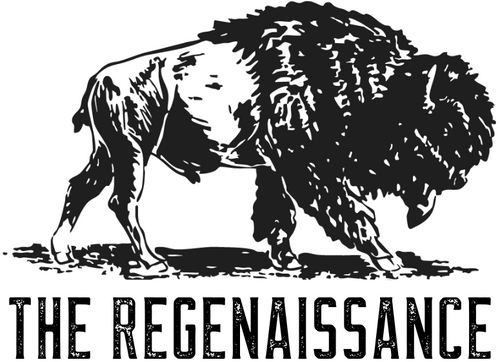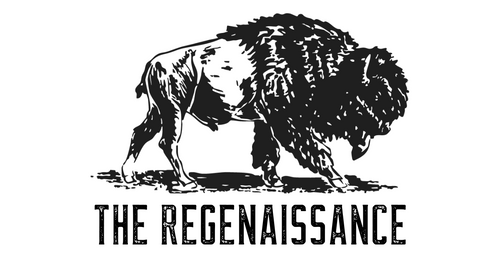Rebels, you’ve heard us say it before: soil is life. Without living soil, there’s no food freedom. That’s why the Nature Conservancy’s national soil health initiative, often called reThink Soil, has been making waves. With major funding, partnerships from farm groups, and even big-name corporations, this program set an audacious goal: get soil-building practices on more than half of U.S. cropland by 2025.
This isn’t just an environmental project—it’s a fight for who controls the land, the data, and the future of farming.
What the Program Is Doing
The Conservancy teamed up with the Soil Health Institute and the Soil Health Partnership, creating one of the largest cross-sector pushes for healthy soil in U.S. history.
-
Funding Muscle: General Mills ($2M), Nestlé Purina ($1M), and a $10M FFAR research grant (nearly doubled with matches).
-
On-Farm Action: 200+ farmer trial sites in 16 states testing cover crops, no-till, and crop rotations.
-
Tools & Tracking: A satellite system called OpTIS to monitor tillage and cover crop adoption across the Corn Belt.
-
Landowner Leverage: Incentives like $1,500 payments to landowners who add soil health requirements into rental agreements.
The initiative’s 10-point roadmap focuses on science, economics, and incentives, not mandates, because farmers won’t adopt practices that threaten their bottom line.
Why It Matters for Regenerative Farmers
For Rebels already in the soil-first movement, this program validates what you’ve been doing all along:
-
Scientific Proof: Soil Health Institute identified the best metrics—like carbon, microbial activity, and water retention—making it easier to measure and prove what regenerative farmers see every day.
-
Economic Backing: Studies show a 1% increase in soil organic carbon can store thousands of extra gallons of water per acre. Translation: fewer crop losses in drought years, less need for purchased inputs, and stronger yields.
-
Community Impact: Field days and peer-to-peer learning networks are spreading practices farmer-to-farmer, not just top-down from academics.
For regenerative growers, the Conservancy’s initiative builds the infrastructure and credibility needed to scale soil health nationwide.
Farmer Reactions on the Ground
Not every farmer is convinced at first—cover crop seed and no-till drills cost money. But when they see neighbors reducing fertilizer bills or harvesting in drought years while others struggle, adoption follows fast.
Ohio farmer Carrie Vollmer-Sanders admitted that her father thought spending $30–45/acre on cover crops was crazy—until he saw yields climb. Another Illinois grower said, “Cover crops are visual—people drive by and see green fields when everything else is brown.”
The key is framing: not climate mandates, but better soil, better profits. That’s why commodity associations and skeptical row-crop farmers have been willing to sign on.
Policy & Corporate Tie-Ins: The Double-Edged Sword
Here’s where it gets tricky.
-
Policy Wins: The 2018 Farm Bill added “increasing soil carbon” as a goal of USDA conservation programs. More EQIP and CSP funding now flows directly to regenerative practices.
-
Corporate Muscle: Giants like General Mills and Corteva are pouring money and agronomists into soil health projects. Tech startups backed by TNC—like drone and data companies—are being snapped up by Big Ag (John Deere acquired Sentera in 2025).
For farmers, this can be both an opportunity and risk. More funding, more data, more visibility—but also questions: Who owns the soil data? Who benefits from the corporate partnerships?
Rebels know the answer should always be: the farmer. That’s why the voluntary, incentive-driven design of this program matters. No mandates. No corporate lock-in. Just proof that healthier soil equals stronger, freer farms.
The Bigger Picture
The Nature Conservancy’s soil health initiative is proof of something bigger: soil is finally becoming mainstream. What regenerative farmers pioneered is now being written into farm bills, boardroom strategies, and satellite tracking systems.
That visibility comes with responsibility. As corporations rush to brand themselves “regenerative,” it’s on us Rebels to keep the movement honest—making sure soil health means farmer freedom, not just green PR.
Every acre of living soil is an acre of freedom. Every cover crop planted, every earthworm that returns, is a quiet rebellion against extraction and consolidation. The soil health revolution is here—let’s make sure it stays in the hands of farmers, not boardrooms.
Viva La Regenaissance!





